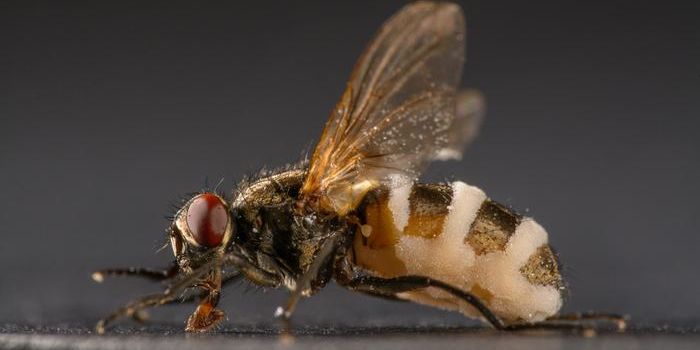Expanding the Genomic Regions That Can Be Targeted With CRISPR
CRISPR gene-editing technology (explained in the video below) has sparked a revolution in biomedical research and is poised to have far-reaching applications in medicine. The technology relies on an enzyme that can cut genomic DNA and an RNA molecule that sends the enzyme to a specific place in the genome. However, that RNA molecule has to be designed according to certain rules. There are some genes whose sequence makes them poor candidates for CRISPR targeting, because of these rules. New work reported in Science may have found a way around this problem, which would open up any genomic location for targeting.
The enzyme used in the CRISPR system is called Cas9, which looks for a very short region called a PAM (protospacer adjacent motif) to bind to. These short regions are used in the design of RNA molecules that direct Cas9 to their target site, so target regions must be near PAM sites.
In this work, researchers led by Benjamin P. Kleinstiver, a biochemist at Massachusetts General Hospital's (MGH) Center for Genomic Medicine, created variants of the Cas9 enzyme. These variants don't need a PAM sequence to bind to DNA and make their cut. The Cas9 variants have been called SpG and SpRY, and they will enable scientists to target sequences that were thought to be out of the reach of the CRISPR system.
"Because the engineered proteins can target much more freely, they enable targeting of previously inaccessible regions of the genome," said Kleinstiver. "By nearly completely relaxing the requirement for the enzymes to recognize a PAM, many genome editing applications are now possible. And since nearly the entire genome is targetable, one of the most exciting implications is that that the entire genome is 'druggable' from a DNA-editing perspective."
Kleinstiver's team wants to learn more about exactly how these enzymes work and explore their potential applications. For now, they are hopeful that they will be useful in the research community.
"We have demonstrated that these new enzymes will allow researchers to generate biologically and clinically relevant genetic modifications that were previously unfeasible." said lead study author Russell T. Walton of MGH's Center for Genomic Medicine.
Sources: Phys.org via Harvard Medical School, Science








